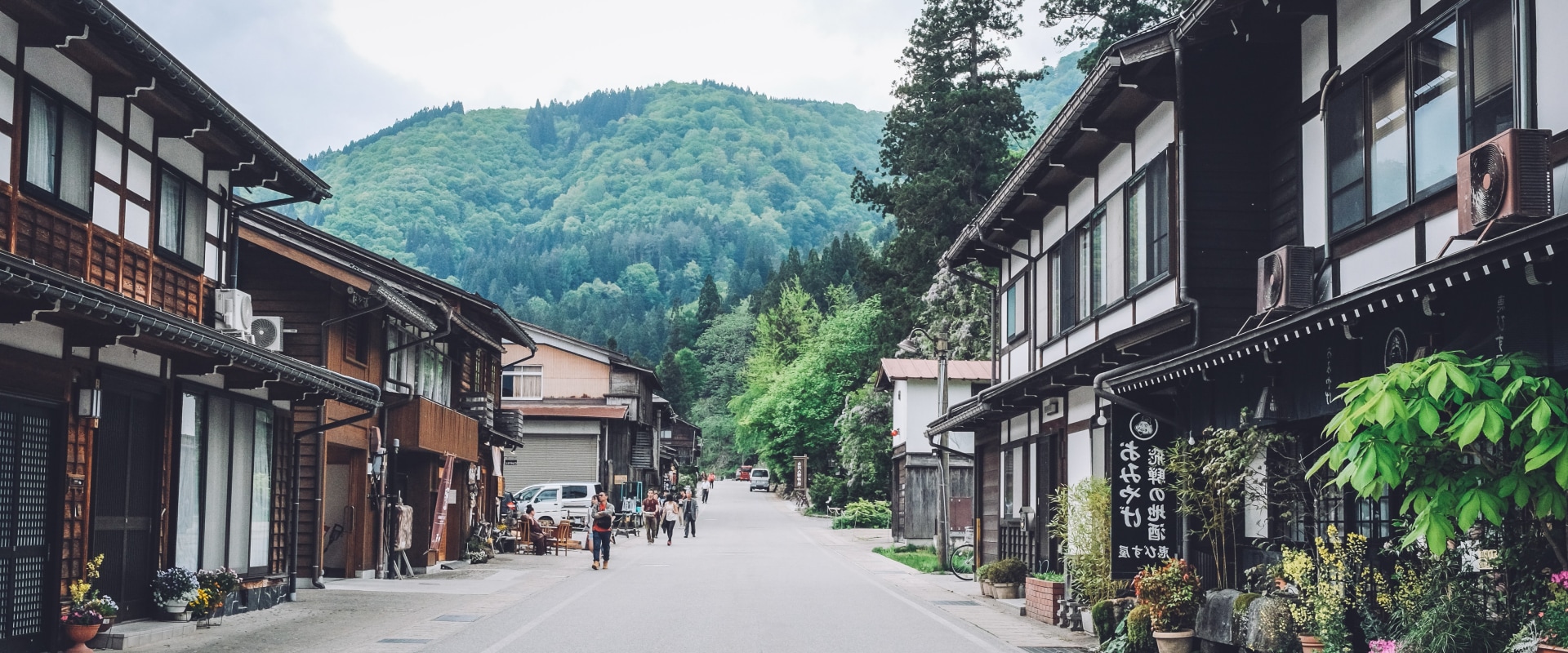Urban forestry is the practice of managing and maintaining tree populations in urban settings to enhance the environmental, economic, and social well-being of communities. As cities expand and populations grow, the integration of trees and green spaces within urban areas has become increasingly vital. Urban forestry methods are diverse, encompassing everything from tree planting and maintenance to advanced techniques in preserving existing trees amid urban development.
Key Urban Forestry Techniques
One of the primary methods in urban forestry is tree planting. Strategic tree planting involves selecting appropriate species for specific urban environments, considering factors such as soil conditions, space constraints, and climate adaptability. Trees are planted in a manner that maximizes their benefits, such as providing shade, improving air quality, and enhancing aesthetic appeal. Urban forestry programs often collaborate with local communities to encourage tree planting initiatives, making it a collective effort.
Tree Preservation Strategies
Preserving existing trees in urban areas is another critical aspect of urban forestry. Tree preservation techniques focus on protecting mature trees during construction or development projects. This involves creating tree protection zones, implementing measures to avoid root damage, and monitoring tree health. Urban foresters also use advanced methods like air spading to gently remove soil from tree roots without causing harm, ensuring that trees can coexist with urban infrastructure.
Pruning and Maintenance
Routine tree pruning and maintenance are essential for urban forestry. Pruning helps maintain tree health, prevent potential hazards, and shape trees to fit within the urban landscape. Urban foresters use selective pruning techniques to remove dead or diseased branches, allowing the tree to thrive. Regular maintenance also includes watering, mulching, and fertilization to support tree growth in often challenging urban environments.
Green Infrastructure Integration
Urban forestry is not limited to individual trees; it also involves the integration of trees within broader green infrastructure. Green infrastructure refers to the network of natural and semi-natural areas that deliver a wide range of ecosystem services. In urban settings, this includes green roofs, rain gardens, and urban woodlands. By integrating trees into green infrastructure, urban forestry enhances stormwater management, reduces the urban heat island effect, and promotes biodiversity within cities.
Community Involvement and Education
Community involvement is a cornerstone of successful urban forestry programs. Educating the public about the benefits of urban trees and involving them in tree care activities fosters a sense of ownership and responsibility. Urban forestry programs often host workshops, tree planting events, and educational campaigns to engage residents and promote the value of urban greenery.
The Role of Technology in Urban Forestry
Modern urban forestry methods increasingly incorporate technology. Geographic Information Systems (GIS) are used to map and monitor urban tree populations, allowing for data-driven decision-making in tree management. Drones are employed to assess tree health and identify areas in need of intervention, while mobile apps facilitate community reporting of tree-related issues. These technological advancements enable urban foresters to efficiently manage large urban tree populations and respond quickly to potential problems.
Challenges in Urban Forestry
Despite the benefits, urban forestry faces several challenges. Limited space, poor soil quality, and pollution are common obstacles that urban trees must contend with. Additionally, climate change poses new threats, such as increased pest activity and extreme weather events. Urban foresters must adapt to these challenges by selecting resilient tree species, employing innovative planting techniques, and developing long-term management plans.
Urban Forestry and Climate Resilience
Urban forestry plays a crucial role in enhancing the climate resilience of cities. Trees absorb carbon dioxide, mitigate the effects of extreme heat, and reduce energy consumption by providing natural cooling. Urban forestry programs that prioritize the planting of native and climate-adaptive species can help cities withstand the impacts of climate change, contributing to a more sustainable urban environment.
Conclusion
Incorporating urban forestry methods into city planning is essential for creating healthy, livable urban spaces. By planting trees, preserving existing ones, and integrating them into green infrastructure, cities can reap the environmental, economic, and social benefits of a robust urban forest. Community involvement and the use of technology further enhance the effectiveness of urban forestry programs. As urban areas continue to grow, the importance of urban forestry will only increase, making it a critical component of sustainable city development.
For those interested in enhancing urban green spaces, it’s crucial to collaborate with professional services like Al's Out Door's Needs, who specialize in maintaining and improving outdoor environments. Engaging such experts ensures that urban forestry efforts are implemented effectively, contributing to the overall well-being of the community.
